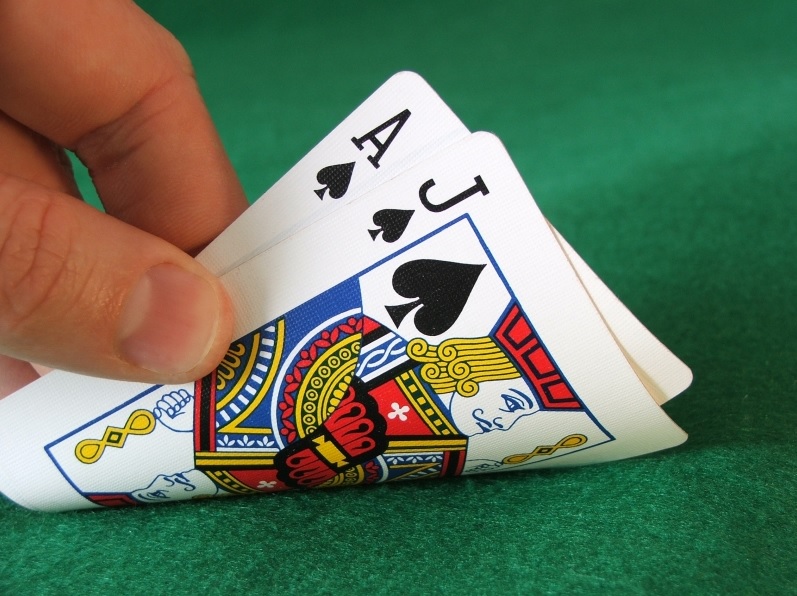Walk into any casino in Texas, or anywhere in the world for that matter, and you’re sure to find the game of Blackjack on the menu. Blackjack is one of the most popular casino games in the world, and it’s pretty much been that way ever since it was widely popularized and played in French Casinos way back in the 19th century. Its popularity has seen it reach the world of literature and the silver screen, and blackjack forms the basis of many different types of online games.
It’s also given rise to a number of different variants that differ in quality – imitation isn’t always the sincerest form of flattery – however, one of which is certainly worth playing if you get the chance – Spanish 21.
What is Spanish 21?
Spanish 21 is a variant on blackjack that is actually owned by a game publishing company based right here in the US of A. Although the origins of Blackjack itself can be traced all the way back to fifteenth century Spain to a game called veintiuna, the Spanish 21 variant is very much a twentieth century invention, having first been introduced to casinos in 1995.
In Malaysia and Australia, the game is actually called Pontoon, although the famous Casino Bregenz in Austria has changed the game’s name to Blackjack Exchange. There are even variants of this variant, called Pirate 21 and Player’s Edge 21, but they are either pretty hard to find these days, or are the names of online versions of the game.
Spanish 21 is pretty much played across the world, although it does depend on the individual casinos themselves, so it’s worth checking out your local casino’s website or casino review sites to see if it’s on offer in your city.
There are some subtle differences between the two variants (more on that later), but Spanish 21 will be familiar enough for any blackjack enthusiast to start playing without a huge learning curve. There are also a few extra elements to the game that make it the preferred variant of many long term blackjack players.
How is Spanish 21 played?
One of the biggest differences between Spanish 21 and classic blackjack is that the new variant is played with a Spanish deck, which has 48 cards instead of the usual 52. All of the 10s are removed from a regular deck, which would be a blackjack player’s nightmare in the traditional game, since it would significantly reduce their chances of achieving that much desired perfect 21. However, in Spanish 21’s case, this is actually a bonus, since there are a number of other rules that really make up for this.
In a casino setting, the game is played on the same tables as blackjack and is played with either six or eight decks drawn from a shoe. The dealer is dealt a hole card face down, so that neither the dealer or the players can see it. Players receive payouts based on how many cards they’ve drawn before getting blackjack: five card 21 pays out 3:2, six card 2:1, and seven or more pays out 3:1.
The pros of Spanish 21
One of the most frustrating aspects of playing classic blackjack is that even if you do manage to draw 21, you can still lose if the dealer has 21 too. When playing Spanish 21, however, if you draw a total of 21 you always win. And because of the way the cards are dealt, if you are able to draw a natural blackjack and the dealer has one too, you’ll still win the game. Admittedly, it’s more difficult to get that natural blackjack, since the 10s are removed from the deck, but all of the other face cards are available to match your ace.
Playing Spanish 21 at a more pro level can also be preferable to regular blackjack, thanks to rules allowing late surrenders and doubling down. In fact, the rules of Spanish 21 allow players to double down after splitting, so if you split your aces you can double down for the chance to play for up to four times your original wager. There’s also a rule in the variant that allows players to re-split their aces.
Perhaps the most advantageous rule of all in Spanish 21 is that players can choose to double down on any number of their cards. In traditional blackjack, doubling down is only possible on the first two cards a player draws, but Spanish 21 players can really take advantage of the profitable situations they find themselves in by doubling down at any stage.



